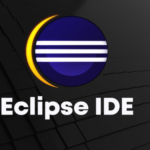You’ve probably heard a lot about eclipses, total or partial. Whenever this phenomenon is about to occur, it creates a wave of strong interest from all over the Earth, and everyone wants to witness this rare astronomical event. Join us in exploring some fascinating insights.
1 What is an eclipse? What causes an eclipse
An eclipse is a phenomenon that occurs when the Moon passes between the Earth and the Sun in a straight line, as observed from the Earth, and the Moon completely or partially obscures the Sun.
Specifically, the Earth moves around the Sun while the Moon orbits the Earth. With each of its cycles, the Moon moves between the Earth and the Sun once. Due to the two orbits being tilted at an angle of about 5 degrees to each other, the Moon does not always pass through the line connecting the Earth and the Sun. In other words, there are many times when the moon is in a “new moon” phase, but only once in a while do the three celestial bodies—the Sun, Moon, and Earth—align perfectly.
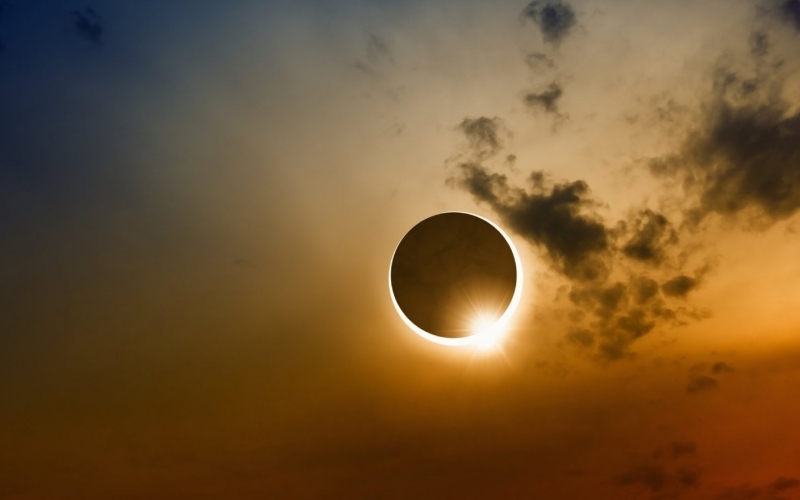 What is an eclipse? What causes an eclipse
What is an eclipse? What causes an eclipse
2 When will the eclipse of 2022 occur?
From now until the end of 2022, the eclipse will occur on October 25, 2022. This will be a partial eclipse. The locations from which it can be viewed are Europe, Southern/Western Asia, Northern/Eastern Africa, and the Atlantic Ocean. This phenomenon cannot be seen from Vietnam.
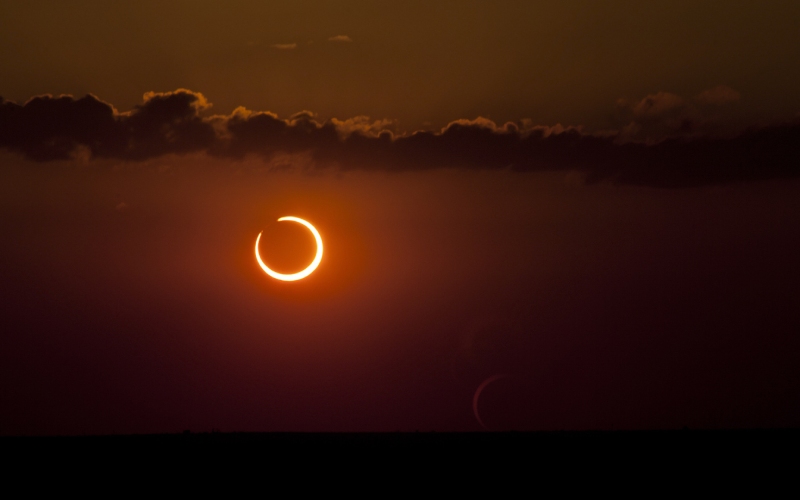 When is the 2022 eclipse happening?
When is the 2022 eclipse happening?
3 Types of eclipses
Total Eclipse
A total eclipse occurs when the Moon’s shadow completely covers the Sun, allowing the Sun’s corona or solar ring to be observed with the naked eye or with protective equipment. During an eclipse, only a narrow path on the Earth’s surface can observe a total eclipse.
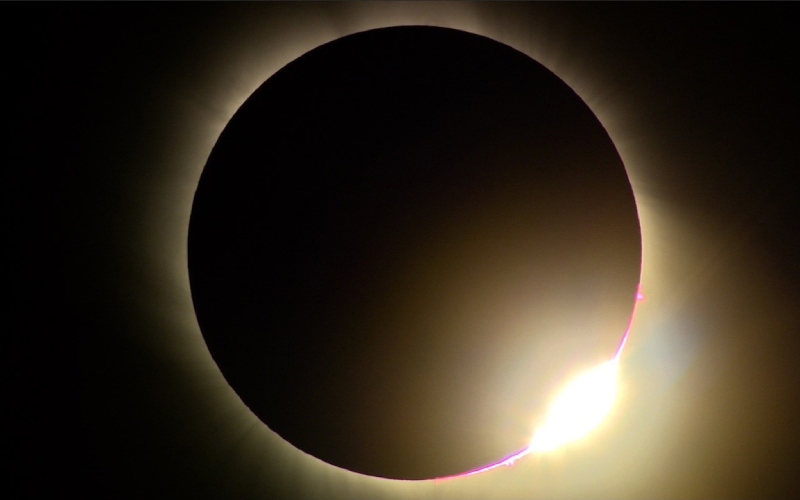 Total Eclipse
Total Eclipse
Partial Eclipse
A partial eclipse occurs when the Sun and Moon are not exactly in a straight line, and the Moon only partially obscures the Sun. This phenomenon is usually observed in many places on Earth outside the path of the central eclipse.
Some types of eclipses can only be observed as partial eclipses, when the shadow falls on one of the Earth’s polar regions, and the central line does not cross the Earth’s surface.
 Partial Eclipse
Partial Eclipse
Annular Eclipse
An annular eclipse occurs when the Sun and Moon are exactly in line with each other, but the apparent size of the Moon is smaller than that of the Sun. As a result, the Sun appears as a bright ring around the Moon. The duration of an annular eclipse is longer than a total eclipse but still only lasts a few minutes.
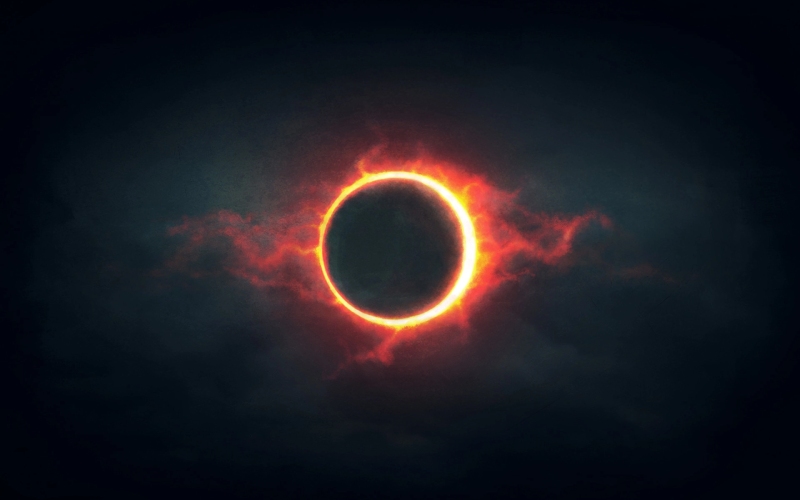 Annular Eclipse
Annular Eclipse
Hybrid Eclipse
A hybrid eclipse is an intermediate form between a total and annular eclipse. In some places on Earth, it appears as a total eclipse, and in others, it appears as an annular eclipse. The general term for a central, total, or annular eclipse is an annular eclipse. Hybrid eclipses are very rare.
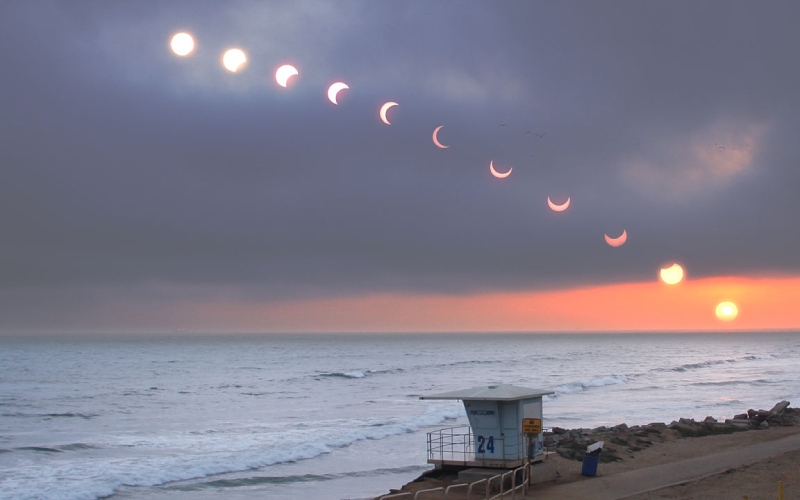 Hybrid Eclipse
Hybrid Eclipse
3 How to safely view an eclipse
Direct observation of an eclipse with the naked eye can cause permanent eye damage, so caution is essential. Note the following when observing an eclipse: do not look directly at it with your naked eyes.
-
Observe the eclipse indirectly or use specialized filters such as welding goggles with shade number 14 or solar filters from astronomy clubs.
-
Using sunglasses, X-ray film, floppy disk guts, or video tape to observe an eclipse is not recommended as these only reduce brightness without blocking harmful radiation.
-
We can also use a piece of cardboard to project the Sun’s image through a small telescope or binoculars, or we can make a small, round hole in a piece of cardboard and observe the Sun’s image projected through the hole onto the ground.
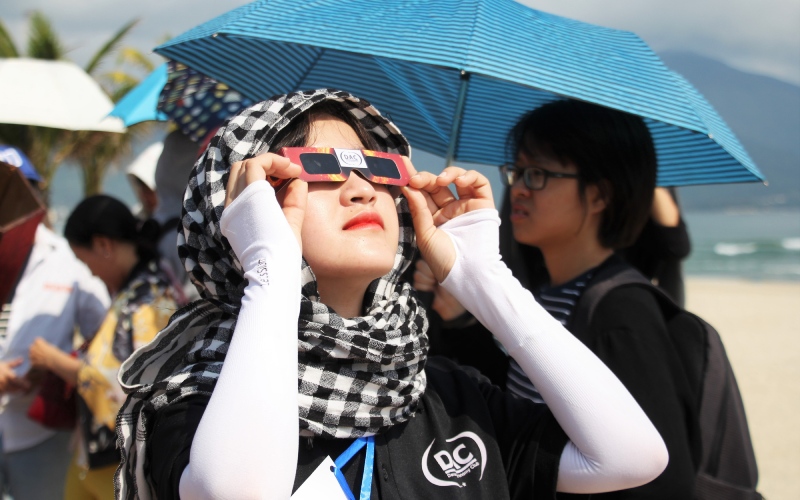 How to safely view an eclipse
How to safely view an eclipse
4 Frequently Asked Questions about eclipses
Does an eclipse happen during the day or at night?
Since the moon can only be between the earth and the sun during the day, an eclipse occurs during the day.
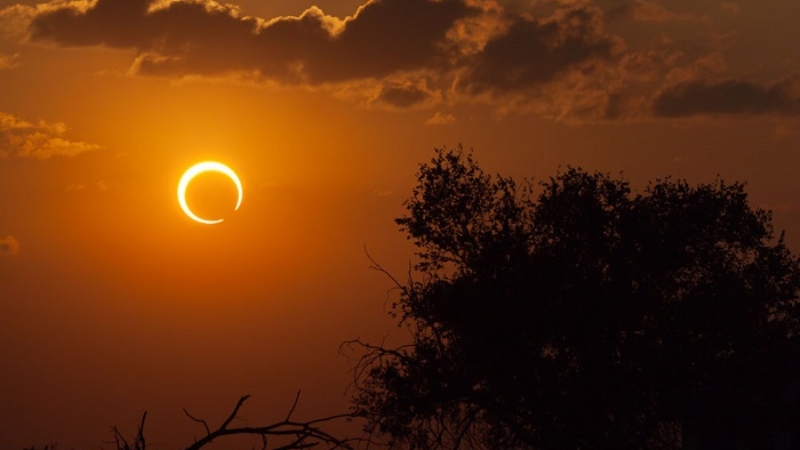 Does an eclipse happen during the day or at night?
Does an eclipse happen during the day or at night?
What is the difference between an eclipse and a lunar eclipse?
Relative Position
- Eclipse: The moon is between the sun and the earth.
- Lunar Eclipse: The earth is between the sun and the moon.
Timing
- Eclipse: Daytime, wear glasses to observe.
- Lunar Eclipse: Nighttime, visible to the naked eye.
Observation Location
- Eclipse: In a few places within the Earth’s umbra or penumbra.
- Lunar Eclipse: Visible from anywhere in the Earth’s penumbra.
Frequency
- Eclipse: At least twice and up to five times a year.
- Lunar Eclipse: Only about 1-2 times a year, and once every five years, there will be no lunar eclipse.
For further reference:
 What is the difference between an eclipse and a lunar eclipse?
What is the difference between an eclipse and a lunar eclipse?
5 Beautiful images of eclipses
 Vietnam Airlines plane ‘passes through’ rare eclipse
Vietnam Airlines plane ‘passes through’ rare eclipse
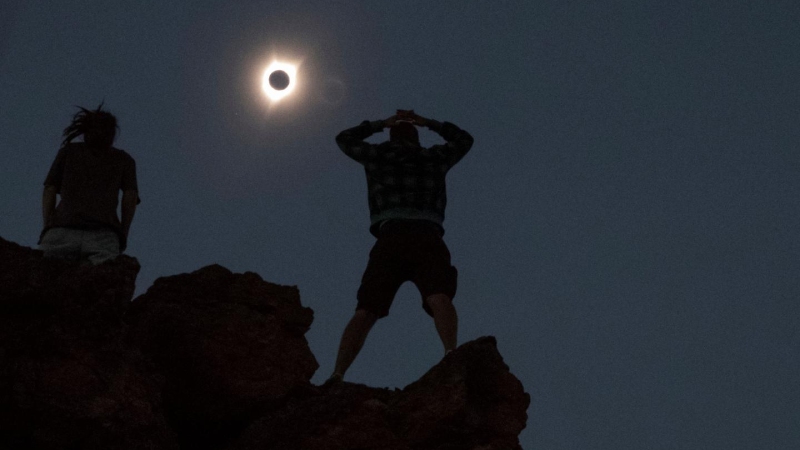 Witnessing a total eclipse in the USA
Witnessing a total eclipse in the USA
 2021 ‘Ring of Fire’ Eclipse
2021 ‘Ring of Fire’ Eclipse
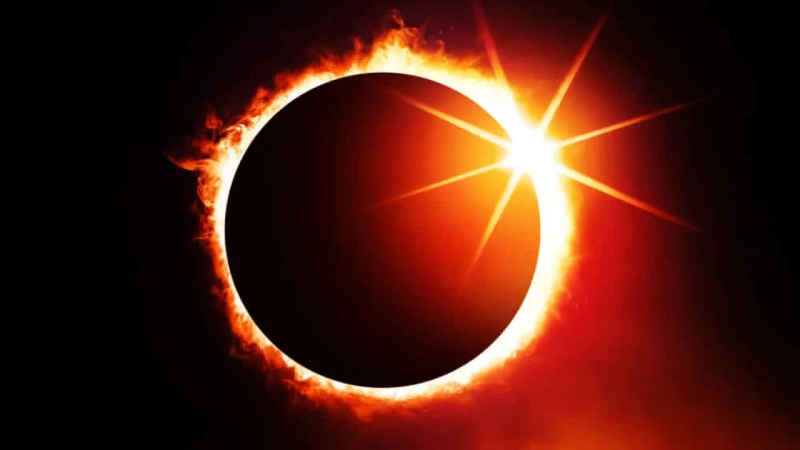 Stunning annular eclipse
Stunning annular eclipse
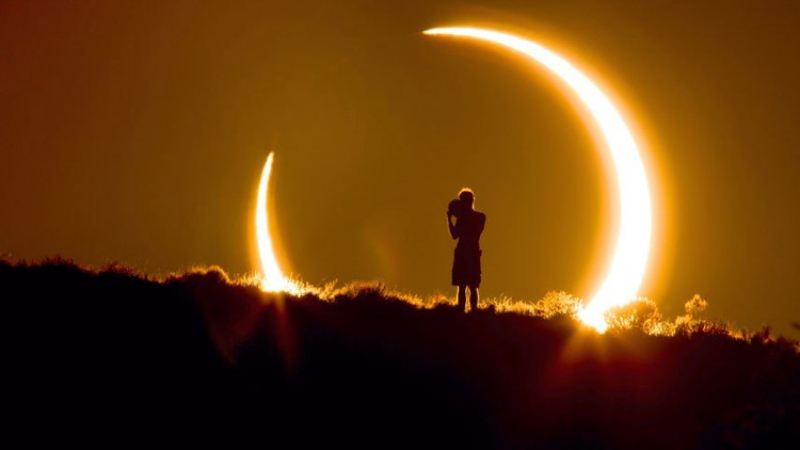 Annular Eclipse
Annular Eclipse
For further reference:
The above information covers the fascinating phenomenon of a total eclipse. Stay tuned for more interesting updates from us!

























